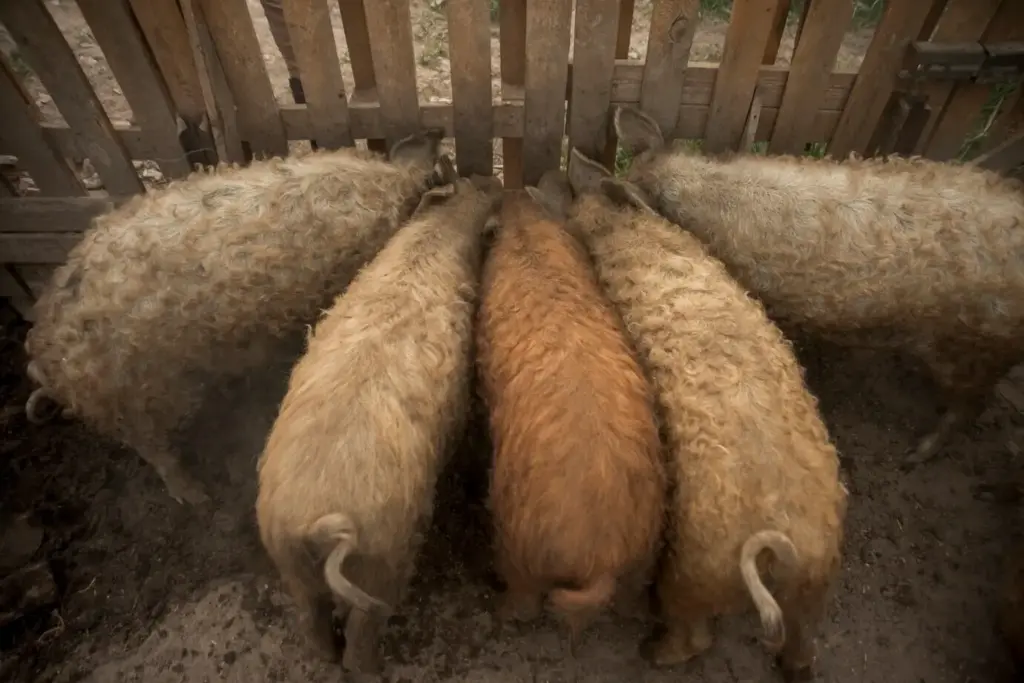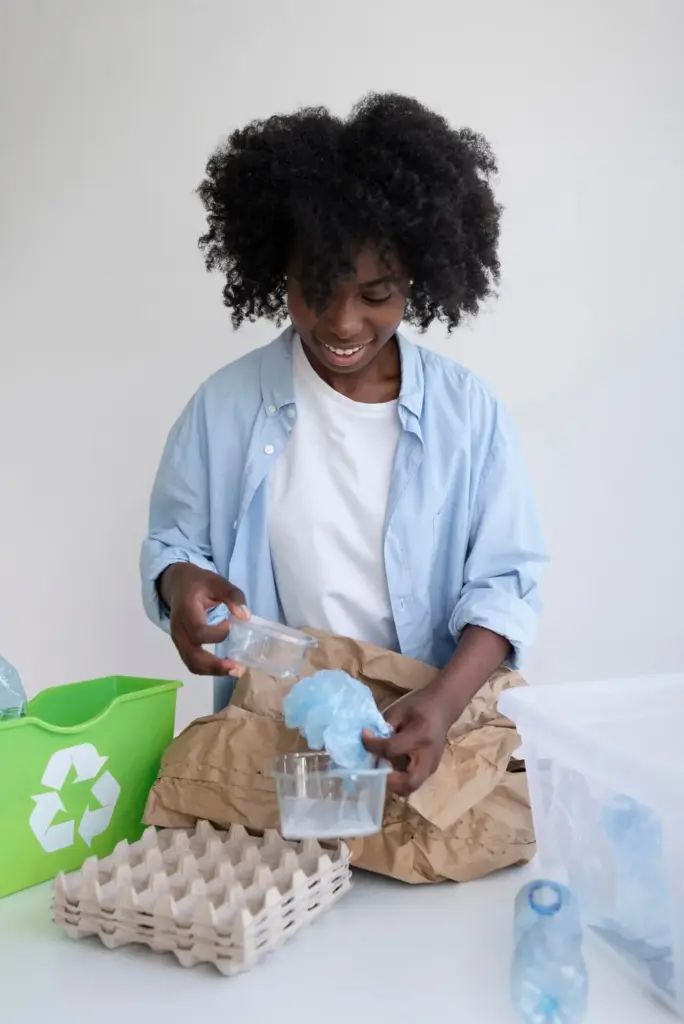Follow the Hidden Journey of Household Items
From Raw Earth to Your Shelf


Cradle-to-Grave and Beyond
A robust assessment follows a product from raw materials to manufacturing, distribution, use, and end-of-life, revealing where impacts really cluster. Some products benefit from closed loops, shifting toward cradle-to-cradle pathways through repair, reuse, and recycling. Understanding which stages dominate helps target changes that matter most, like lighter packaging, greener electricity, or smarter designs that last longer.


Functional Units that Actually Compare Fairly
Comparisons only make sense when you define a function that both options deliver equally well. Instead of bag versus bag, compare carrying one week’s groceries for a year. Instead of bottle versus bottle, compare liters delivered without leaks or off-flavors. Fair units prevent apples-to-oranges mistakes and keep decisions grounded in service, durability, and practical performance.
Plastics, Glass, and Metal Trade-offs
Textiles, Dyes, and Microfibers
Use Phase: Decisions That Matter Every Day
Energy, Water, and Time in Real Homes
Boiling only the water you need, running dishwashers full, and choosing efficient cycles reduce emissions without sacrificing comfort. Pair devices with renewable electricity when possible, schedule heavy loads during cleaner grid hours, and maintain seals and filters. Marginal adjustments compound throughout the year, transforming small choices into measurable, confidence-building progress you can see on bills and meters.
Cleaning, Maintenance, and Product Lifespan
Descaling kettles, cleaning lint traps, and sharpening blades extend performance and reduce replacement frequency. Gentle care retains coatings on cookware and preserves textile fibers, preventing early failures. A product that lasts twice as long typically halves manufacturing impacts per year of service. Maintenance is not chores for chores’ sake; it is climate care disguised as simple household routines.
Endings that Begin Again: Repair, Reuse, Circular Paths




Evidence-Based Swaps for Everyday Choices

Try a Simple Home Life Cycle Assessment
Define Goal, Scope, and Assumptions Clearly
Gather Data with Free, Credible Tools
Interpret Results, Engage Others, and Keep Improving
